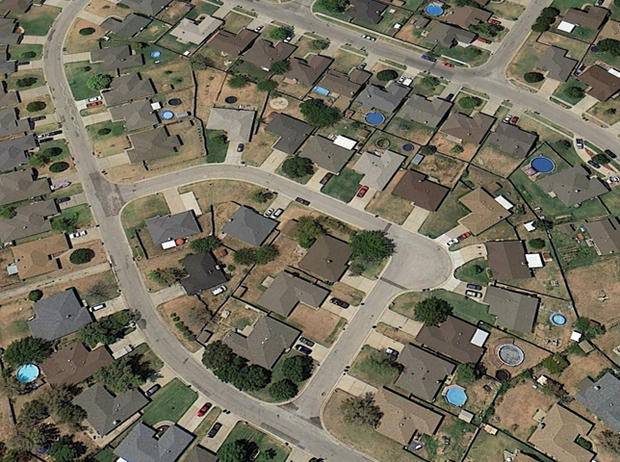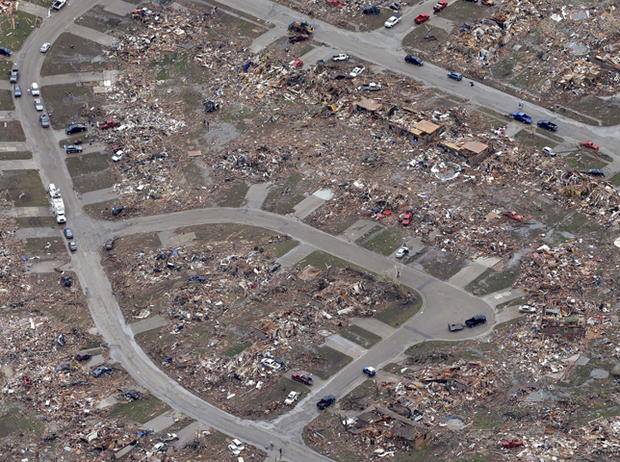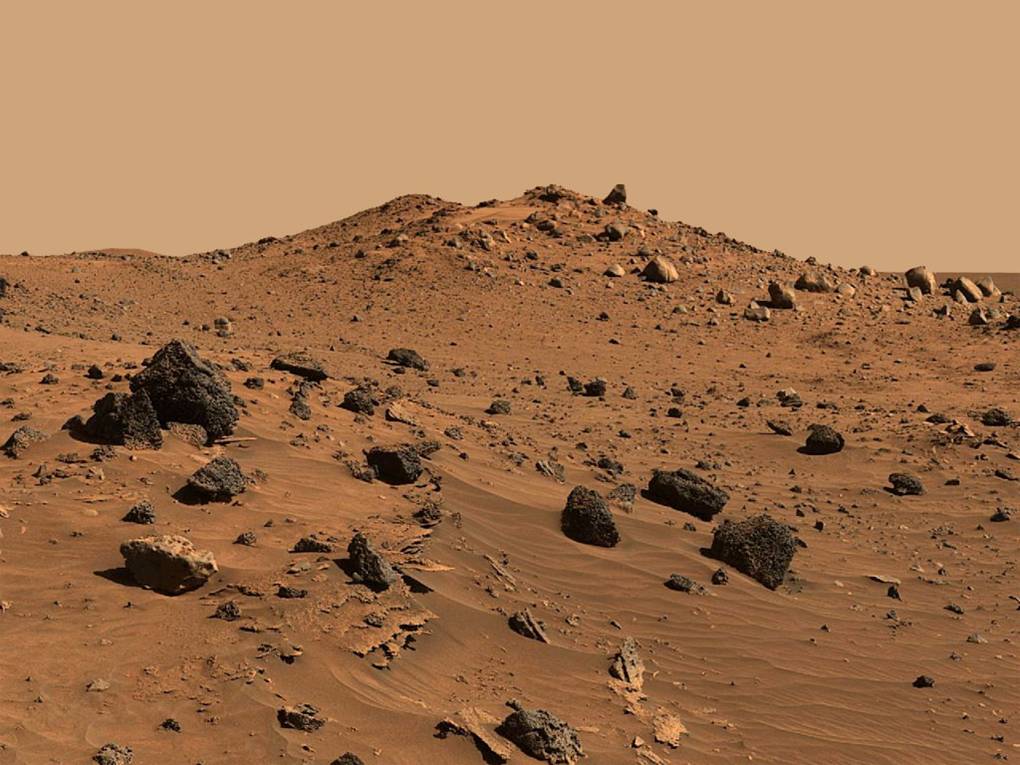The following story is excerpted from chapter 2 of my new book Christianity for Doubters. As the title indicates, much of this book is explicitly theological, but the first two chapters are about intelligent design.
Used by permission of Wipf and Stock Publishers.
In the current debate between Darwinism and intelligent design, the strongest argument made by Darwinists is this: in every other field of science, naturalism has been spectacularly successful, why should evolutionary biology be so different?
Joseph Le Conte, professor of Geology and Natural History at the University of California, and (later) president of the Geological Society of America, provides an insight into the way most scientists think about evolution, in his 1888 book Evolution. In reviewing the fossil record, he writes: “species seem to come in suddenly, with all their specific characters perfect, remain substantially unchanged as long as they last, and then die out and are replaced by others. Certainly this looks much like immutability of specific forms, and supernaturalism of specific origin.” Then in discussing the role of natural selection, he says “neither can it explain the first steps of advance toward usefulness. An organ must be already useful before natural selection can take hold of it to improve on it.”
After acknowledging that the fossil record does not support the idea of gradual change, and that natural selection can explain everything except anything new, Le Conte nevertheless concludes:
We are confident that evolution is absolutely certain—not evolution as a special theory—Lamarckian, Darwinian, Spencerian… but evolution as a law of derivation of forms from previous forms. In this sense it is not only certain, it is axiomatic…. The origins of new phenomena are often obscure, even inexplicable, but we never think to doubt that they have a natural cause; for so to doubt is to doubt the validity of reason, and the rational constitution of Nature.
Even most scientists who doubt the Darwinist explanation for evolution are confident that science will eventually come up with a more plausible explanation. That’s the way science works, if one theory fails, we look for another one; why should evolution be so different? Many people believe that intelligent design advocates just don’t understand how science works, and are motivated entirely by religious beliefs.
Well, perhaps the following story will help critics of intelligent design to understand why evolution is different.

____________________ Moore before first tornado

____________________ Moore after first tornado
Here is a set of pictures of a neighborhood in Moore, Oklahoma. The first was taken before the May 20, 2013 tornado hit, and the second was taken right after the tornado.
Fortunately, another tornado hit Moore a few days later, and turned all this rubble back into houses and cars, as seen in the third picture below.

____________________ Moore after second tornado
If I asked you why you don’t believe my story about the second tornado, you might say this tornado seems to violate the more general statements of the second law of thermodynamics, such as “In an isolated system, the direction of spontaneous change is from order to disorder.” [Classical and Modern Physics, Kenneth Ford, p619] To this I could reply, Moore is not an isolated system, tornados receive their energy from the sun, so the increase in order in Moore caused by the second tornado is easily compensated by decreases outside this open system. Or I might argue that it is too hard to quantify the decrease in “entropy” (disorder) caused by the second tornado, or I could say I simply don’t accept the more general statements of the second law, which should only be applied to thermodynamics, and this tornado does not violate the second law as it applies to thermal entropy.
Nevertheless, suppose I further said, I have a scientific theory that explains how certain rare types of tornados, under just the right conditions, really can turn rubble into houses and cars. You doubt my theory? You haven’t even heard it yet! If my theory had been studied by the top meteorologists in the world, and all agreed that it was plausible, would you take it seriously then? Still no?

_____________________ Earth-like planet soon after it formed.
Now I have three more pictures for you, and two more stories. The first picture shows a certain Earth-like planet in a certain solar system, as it looked about 4 billion years ago. The second shows a large city at the same location about 10,000 years ago. At its prime, this city had tall buildings full of intelligent beings, computers, TV sets and cell phones inside. It had libraries full of science texts and novels, and jet airplanes taking off and landing at its airport.

____________________ Planet at height of its civilization.
Scientists explain how civilization developed on this once-barren planet as follows: about 4 billion years ago a collection of atoms formed by pure chance that was able to duplicate itself, and these complex collections of atoms were able to somehow preserve their complex structures and pass them along to their descendants, generation after generation. Over a long period of time, the accumulation of duplication errors resulted in more and more elaborate collections of atoms, and eventually something called “intelligence” allowed some of these collections of atoms to design buildings and computers and TV sets, and write encyclopedias and science texts.
Sadly, a few years after the second picture was taken, this planet was hit by a massive solar flare from its sun, and all the intelligent beings died, their bodies decayed, and their cells decomposed into simple organic and inorganic compounds. Most of the buildings collapsed immediately into rubble, those that didn’t, crumbled eventually. Most of the computers and TV sets inside were smashed into scrap metal, even those that weren’t, gradually turned into piles of rust. Most of the books in the libraries burned up, the rest rotted over time, and you can see the final result many years later in the third picture below.

____________________ Planet today.
This time, the second story is natural and believable, it is the first story that is much more difficult to believe. The development of civilization on this planet, and the tornado that turned rubble into houses and cars, each seems to violate the more general statements of the second law, in a spectacular way. Various reasons why the development of civilization does not violate the second law have been given, but all of them can equally well be used to argue that the second tornado did not violate it either. That is, all except one: there is a theory as to how civilizations can develop on barren planets which is widely-accepted in the scientific world, while there is no widely-believed theory as to how tornados could turn rubble into houses and cars.
Anyone who claims to have a scientific explanation for how unintelligent agents like tornados might be able to turn rubble into houses and cars would be expected to produce some powerful evidence, if they want their theory to be taken seriously. The burden of proof should be equally heavy on those who claim to have a scientific explanation for how a few unintelligent forces of physics alone could rearrange the basic particles of physics into computers and encyclopedias and Apple iPhones—and there is no evidence that natural selection of random mutations can explain anything other than very minor adaptations.
My question to those who treat evolution as just another scientific problem is this: can you now at least understand why some of us feel that evolution is a fundamentally different and much more difficult problem than others solved by science, and requires a fundamentally different type of explanation?
For a more “scientific” version of this story, see my 2013 BIO-Complexity article “Entropy and Evolution,” which shows why the fact that the Earth is an open system does not mean that, as is commonly argued, atoms can spontaneously rearrange themselves into computers and jet airplanes here without violating the second law, as long as these increases in order are compensated by even greater decreases outside our open system (so that the total “order” in the universe or any isolated system containing the Earth still decreases). In fact, the entropy change equations upon which this widely-used “compensation” argument is based actually support (see here ), on closer examination, the common sense conclusion that “if an increase in order is extremely improbable when a system is isolated, it is still extremely improbable when the system is open, unless something is entering which makes it not extremely improbable.” The fact that order can increase in an open system does not mean that tornados can turn rubble into houses and cars, and it does not mean that computers can appear on a barren planet as long as the planet receives solar energy; something must be entering our open system which makes the appearance of computers not extremely improbable, for example: computers.